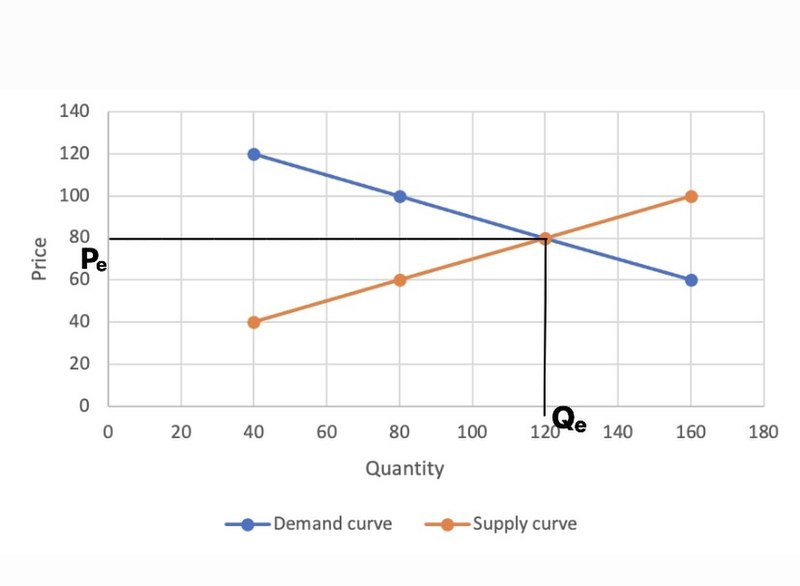The law of demand is a basic fundamental economic concept that underlines a relationship between product prices and the quantity of a good or service that buyers are ready to buy. As a result, the law claims that with the increasing price an item is going to cost, the amount of it being demanded by the consumers decreases and, inversely, lowering the price will lead to increased demand, all things being equal. Lets Know What is the law of demand and how does it impact prices?
The Inverse Relationship Between Price and Quantity Demanded
The law of demand is illustrated on a graph with the quantity plotted on the horizontal axis and the price on the vertical axis, which is sloping depressed. Due to diminishing marginal utility, the former is why when consumers spend more units of a good, they are ready to pay little, if anything, more for the subsequent units. Therefore, in this particular case, the first slice of the pizza enjoyed by a hungry person will give more gratification than any other slice.
Factors Influencing Demand
The demand curve changes with price, but the price movement only alters the quantity demanded. It does not cause an increase or decrease in demand. Demand can be affected by various factors, including Demand can be affected by numerous factors, including:
Income Levels: Usually, higher income levels raise demand as individuals may spend more for daily needs due to their improved financial stability.
Availability of Substitutes: Because there are substitute goods in the market, consumers may find it more convenient to switch to these replaceable products instead of using the specific goods.
Complementary Goods: The demand for an article can rise if other compatible goods add additional value.
Consumer Preferences: Consumers might change their minds due to the taste or preferred product, resulting in many or fewer products being demanded.
Expectations: In future, a higher or sometimes a lower expectation about prices or any other aspects can cause a rise or decrease in current demand.
- Market Size: The number of purchasers depends on the product and the demand in the market.
Price Elasticity of Demand
The amount of price, in which the quantity demanded of a product reacts to a change in price, is a concept termed the price elasticity of demand. Goods, where such elasticity of demand is present, will likely register a substantive shift in quantity demanded against a slight price change. In contrast, rice demand will likely stay the same as beef prices vary. Inelastic demands are generally witnessed in vital goods like beef.
Demand-Based Pricing Strategies
Demand-oriented pricing strategies are popular with companies, and they, through manipulating the prices, adjust them according to the demand. Such strategy can be not only about dynamic pricing, which will affect the cost directly according to the market situation, but also about seasonal changes in pricing. Nevertheless, these types of policies call for proper planning regarding market competition, fixed costs, and potential poor customer satisfaction.
Exceptions to the Law of Demand
The law of demand is not flawless, as some exceptions may prove this rule of the economy. Case in point: Veblen’s goods, with prestige, would also attract an extra demand. This effect contradicts the usual positive relation between price and the quantity of commodity or service delivered.
The Intersection of Supply and Demand
In a perfectly competitive market, the market-clearing price is at the clash of the supply and demand curves at the point where supply equals demand. According to the law of demand, the other law also complements this law by stating that as the price of a good or product increases, suppliers tend to offer to sell more for the market.
Conclusion
The law of demand is crucial in setting up prices as a central principle of the market goods supply and demand. It supports firms and economists who undertake research and forecasts to determine consumers’ reactions to factors such as price. In this way, a firm understands what is to be charged, which in turn informs decisions on pricing strategy that enables a firm to remain profitable while, at the same time, meeting consumer demand. Knowing the law of demand and supply also urges consumers to be alert to the influence of market dynamics on the prices at which they purchase goods and services.





